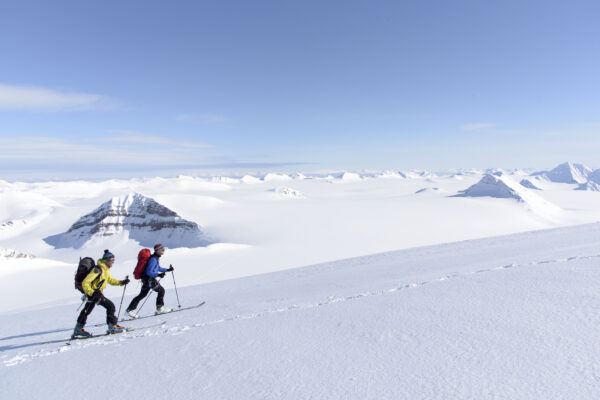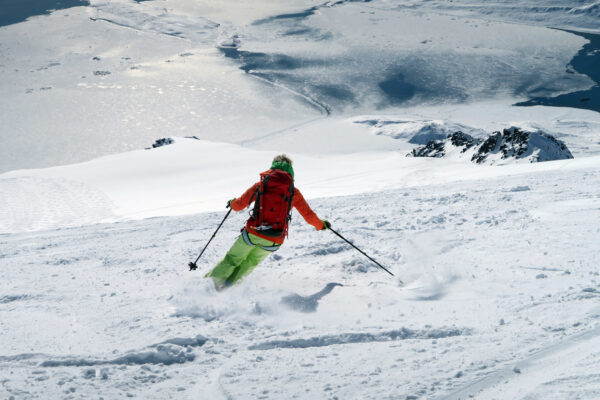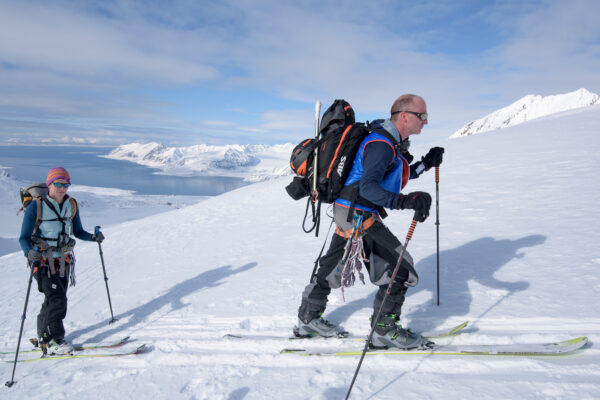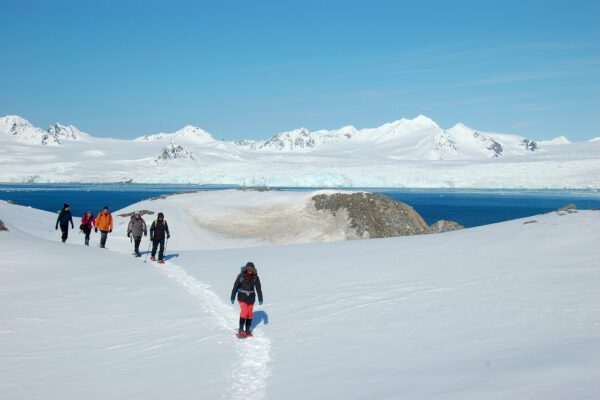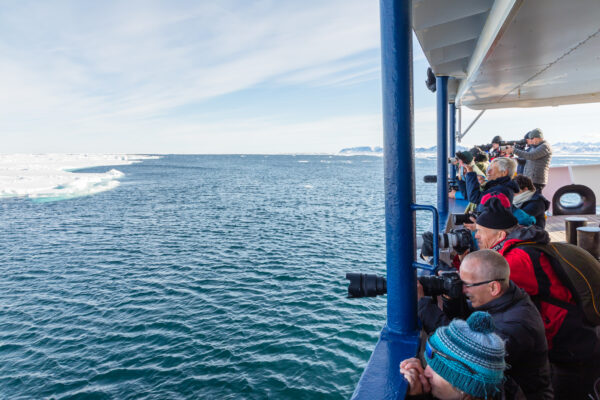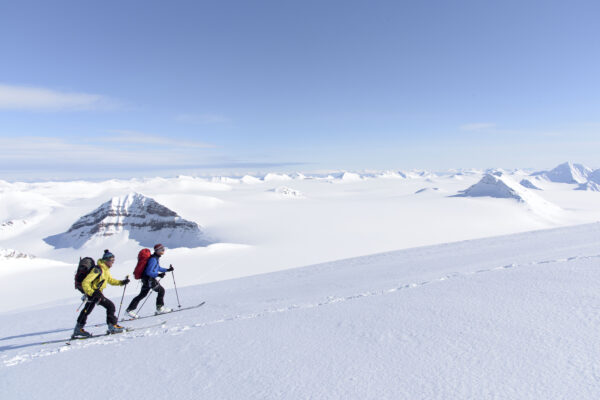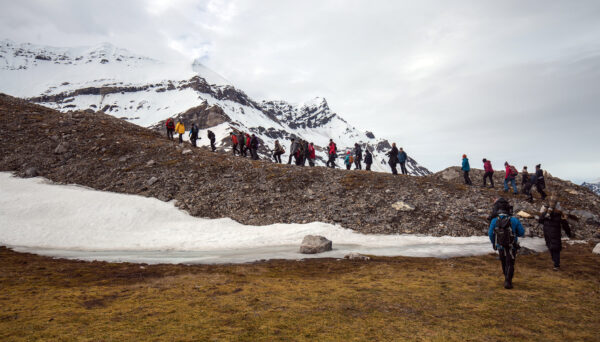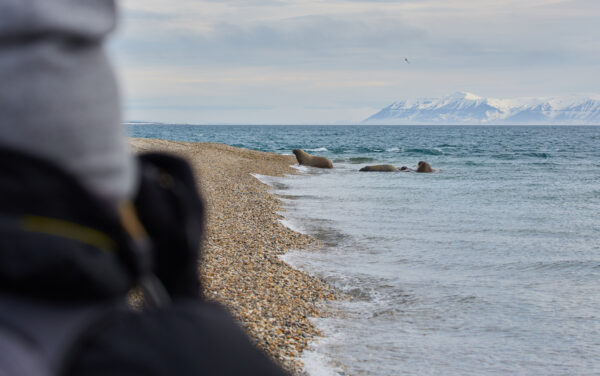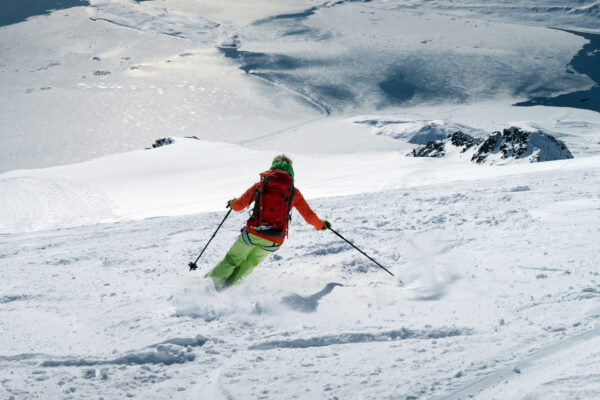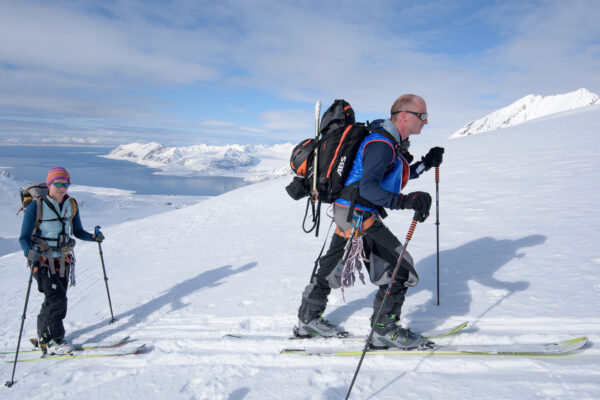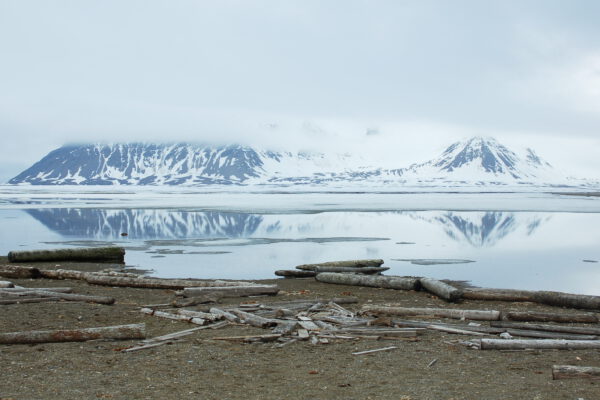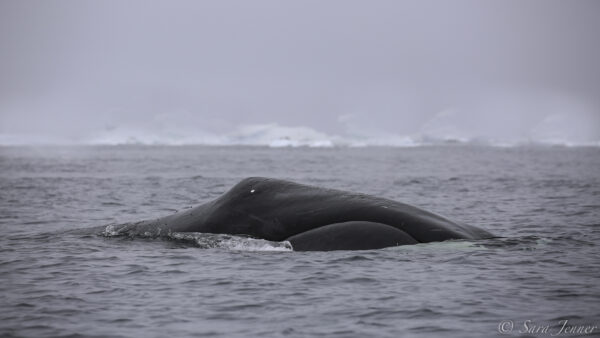Stewardship and protection in antarctica
Tourism in Antarctica has grown significantly in recent years. According to official reports from the International Association of Antarctic Tour Operators, there were just 12,248 total seaborne and land-based tourists who either flew to Antarctica or arrived in a ship, boat, or cruise. By the 2016-2017 Antarctic season, this figure had risen by over 368% per year to an astonishing 45,083 visitors.
This means that around half a million visitors have now flown or cruised to Antarctica. With so many visitors and a trend that shows no sign of stopping, we at Polar Holidays have committed rigorously to understanding the effects of tourism on Antarctica and formulating a strategy that protects this pristine natural environment.
Ask Us A Question
Our Goal? Education And Conservation!
We hope that this page will help you understand how serious we take the preservation of Antarctica. We conclude our explanations with an outline of our commitment to sustainable polar travel. Antarctica is a beautifully untouched continent and we’d like to ensure it stays that way.
- Impacts of Tourism in Antarctica
- How to Behave in Antarctica
- Restrictions on Tourism in Antarctica
- The Positive Impact of Tourism in Antarctica
- The Negative Impact of Tourism in Antarctica
- Ecotourism in Antarctica
- Sustainable Tourism in Antarctica
- Traveling by Plane
- Antarctic Cruises
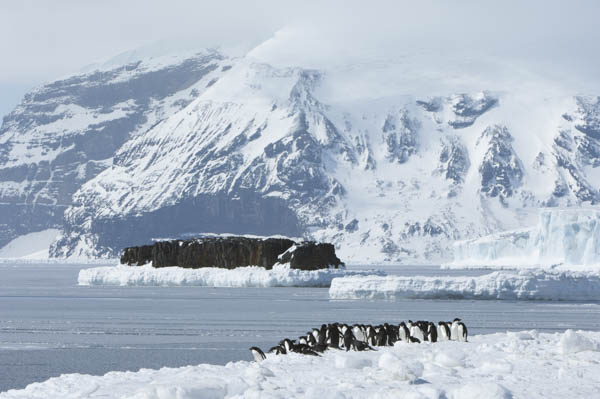
Why Does Antarctica Need Protection?
Humans have had a presence in Antarctica for well over 100 years now. During that time, species have been harvested for profit, habitats have been disrupted, the soil has been contaminated in some areas, and seawater that has been polluted has had effects on Antarctica. Furthermore, although both the scientific and tourist communities have worked very hard to limit pollution in Antarctica, these visitors have sometimes unintentionally left human impacts on Antarctica.
The elephant in the room isn’t Antarctic tourists, but rather the threat caused by systemic global pollution and carbon emissions; which cause the greatest threat to Antarctica – a threat far more real to the continent than that imposed by thousands of annual tourists who visit only a few limited sites. Nonetheless, it is the responsibility of every good traveler to ensure that she has chosen to travel in a way that minimizes her impact on that environment. The first step to minimizing the environmental impacts of tourism in Antarctica requires that each of us choose tour operators who have made a firm commitment to engaging in sustainable practices. The second step requires doing just a bit of research pertaining to responsible ecotourism – before heading to The Land of the Penguins.
Stewardship in Antarctica
Please watch this three-minute video from IAATO explaining do’s, don’ts, and other tips for how one should behave during shore excursions on Antarctica: Going Ashore In Antartica
In general, when going ashore:
- Make sure items are secured to your person. Antarctica has some of the strongest winds on Earth so you do not want any litter to end up blowing away.
- Inspect and feel all your equipment to make sure everything is put on correctly
- Never take any food ashore so to avoid the introduction of any non-native species.
- Avoid walking on any vegetation
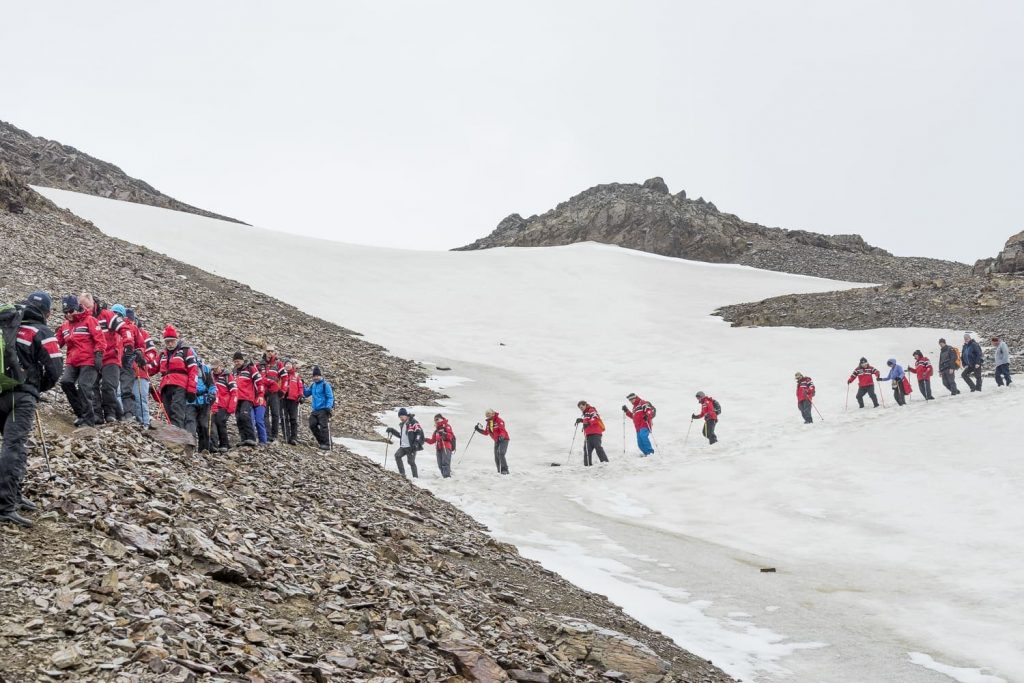
- Avoid disturbing any freshwater lakes or streams
- Pay attention to any animals that have been given extra protections under the Antarctic Treaty. Your guides will let you know about any sites that you need to be extra careful around.
- Never take any rocks, plants, fossils, or other natural souvenirs such as feathers, ferns, or eggs.
- Do not build, paint, or engrave things on the surfaces found on your journey
- Do not feed, touch, or bother any animal species found in any way.
- Be aware of your surroundings: penguin highways are subtle and can be easily missed underfoot.
- Be aware of how animals react to you. Keep a distance of at least 5 meters (15 feet) away from them.
- Some species will require a distance greater than 5 meters. Please listen to your guide for any specific instructions.
- Some animals might feel threatened if you are too near their nest. Gently raise your hand up and back away if you sense an attack.
- Never walk between a mother seal and her pup.
- The environment is very unpredictable in terms of geography and weather. There are sometimes hidden crevices.
- Do not enter a hut unless invited or unless there is an emergency.
- Respect and appreciate the experience. Listen to your guide.
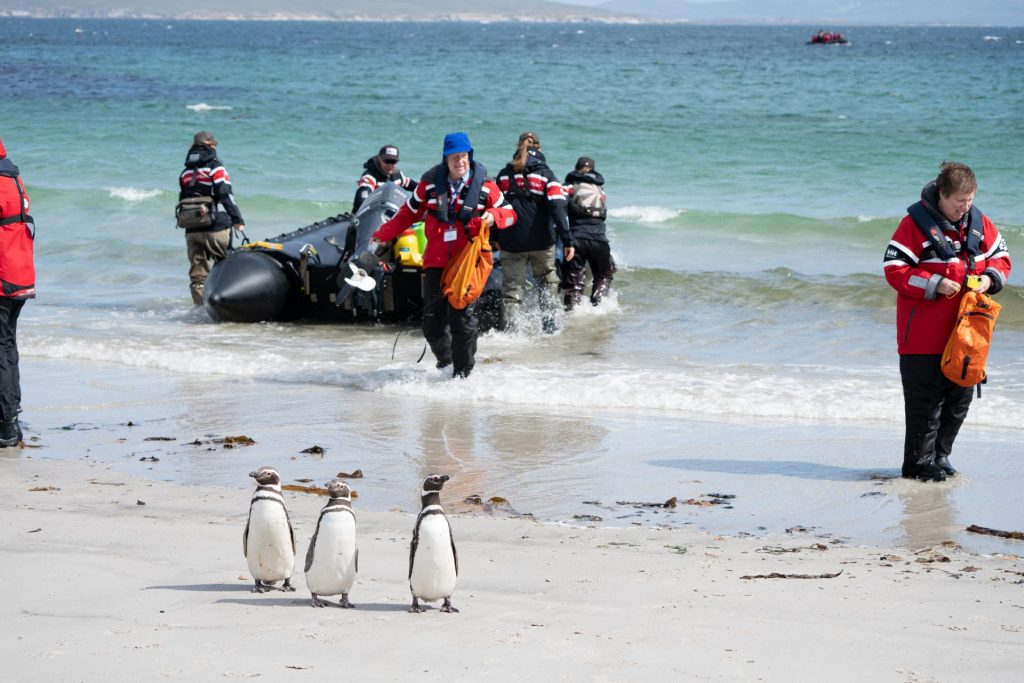
Protections: The Antarctic Treaty
In 2009, the 50-year-old Antarctic Treaty was strengthened in response to several near-misses and the sinking of a ship in 2007 in Antarctica. The signatories agreed that certain restrictions on tourism in Antarctica would hereby need to be reserved which included:
- No ships with more than 500 people may go to a landing site.
- Only one vessel may land at a time.
- On-shore passengers must be restricted to no more than a maximum of 100 persons at a time.
Per the Antarctic Treaty and tourism requirements, there are additional restrictions regarding several activities.
Protections: Areas In And Near Designated Historic Sites And Monuments
- Know the location of areas that have been afforded special protection and any restrictions regarding entry and activities that can be carried out in or near them.
- Observe applicable restrictions
- Do not damage, remove, or destroy Historic Sites or Monuments or any artifacts associated with them.
Stewardship: Antarctic Wildlife:
Please watch this three-minute video from IAATO explaining do’s, don’ts, and other tips for how one should behave during shore excursions on Antarctica: Going Ashore In Antartica
In general, when going ashore:
- Make sure items are secured to your person. Antarctica has some of the strongest winds on Earth so you do not want any litter to end up blowing away.
- Inspect and feel all your equipment to make sure everything is put on correctly
- Never take any food ashore so to avoid the introduction of any non-native species.
- Avoid walking on any vegetation
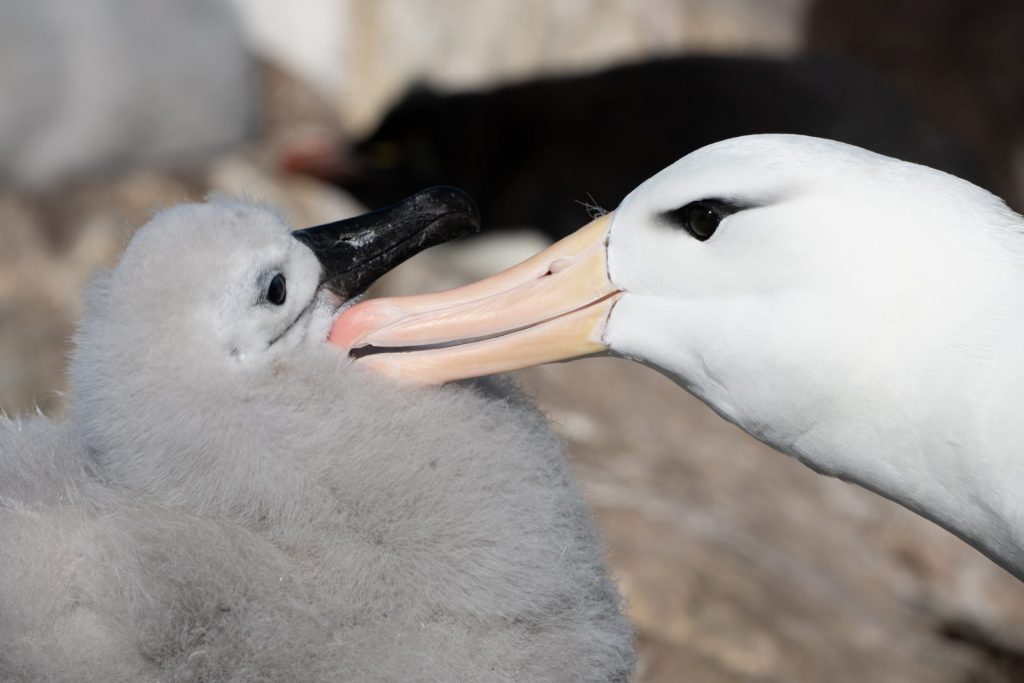
Stewardship: Respecting Scientific Research
- Do not interfere with scientific research, facilities, or equipment.
- Obtain permission before visiting Antarctic science and support facilities; reconfirm arrangements 24-72 hours before arrival, and comply with the rules regarding such visits.
- Do not interfere with, or remove scientific equipment or marker posts, and do not disturb experimental study sites, field camps, or supplies.
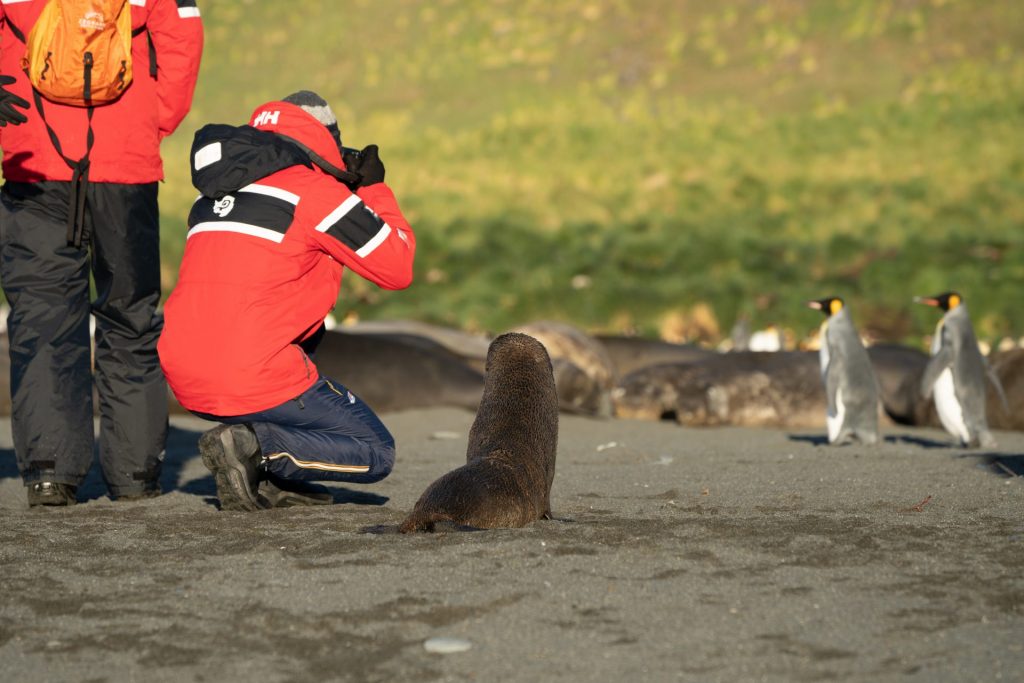
Your Own Safety In Antarctica
- Know your capabilities, the dangers posed by the Antarctic environment, and act accordingly. Plan activities with safety in mind at all times.
- Keep a safe distance from all wildlife, both on land and at sea.
- Take note of, and act on, the advice and instructions from your leaders; do not stray from your group.
- Do not walk onto glaciers or large snowfields without the proper equipment and experience; there is a real danger of falling into hidden crevasses.
- Do not expect a rescue service. Self-sufficiency is increased and risks reduced by sound planning, quality equipment, and trained personnel.
- Do not enter emergency refuges (except in emergencies). If you use equipment or food from a refuge, inform the nearest research station or national authority once the emergency is over.
- Respect any smoking restrictions, particularly around buildings, and take great care to safeguard against the danger of fire. This is a real hazard in the dry environment of Antarctica.
Stewardship: Keeping Antarctica Pristine
- Antarctica remains relatively pristine, the largest wilderness area on Earth. It has not yet been subjected to large-scale human perturbations. Please keep it that way.
- Do not dispose of litter or garbage on land. Open burning is prohibited.
- Do not disturb or pollute lakes or streams. Any materials discarded at sea must be disposed of properly.
- Do not paint or engrave names or graffiti on rocks or buildings.
- Do not collect or take away biological or geological specimens or man-made artifacts as a souvenir, including rocks, bones, eggs, fossils, and parts or contents of buildings.
- Do not deface or vandalize buildings, whether occupied, abandoned, or unoccupied, or emergency refuges.
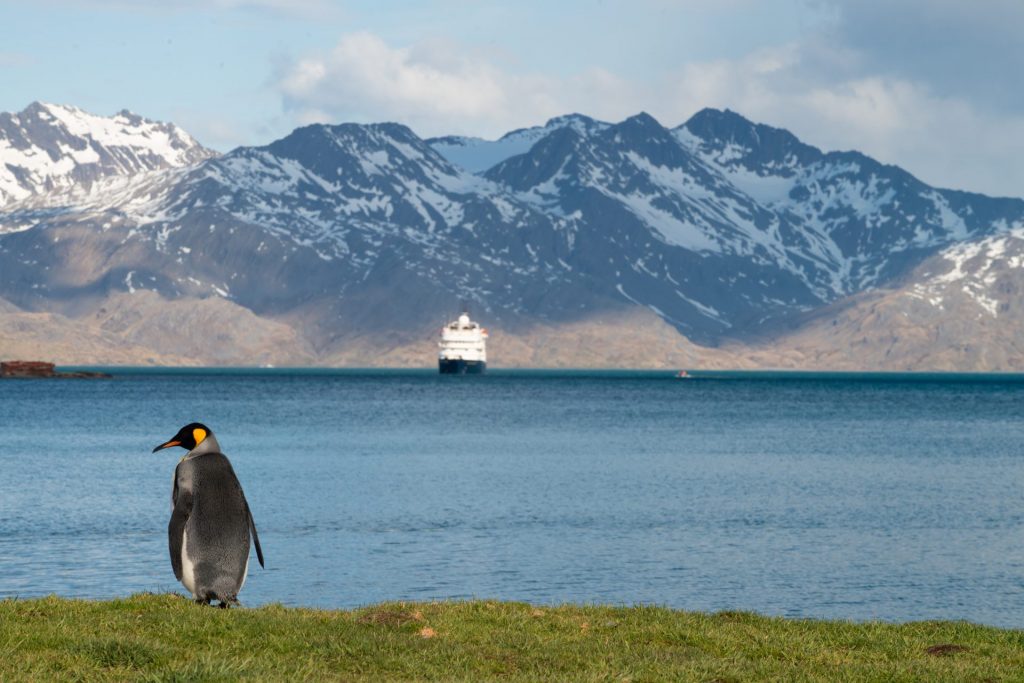
How Can Tourism Help Protection And Stewardship Efforts In Antarctica?
The father of “expedition cruising” to Antarctica, Lars-Eric Lindblad led the first cruise for travelers to Antarctica in 1966. Lindblad said, “You can’t protect what you don’t know” spearheading a movement that combined Antarctic expeditions with education and social responsibility. He was a firm believer that people would become interested in learning more and in taking action if they had experienced a journey to the White Continent first-hand – and that this would promote a greater understanding of the earth’s resources and the importance of Antarctica in the global environment.
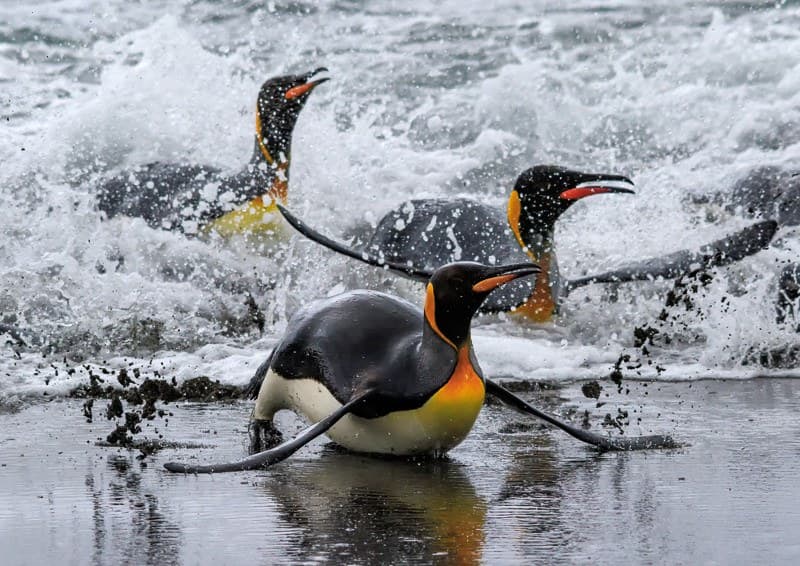
Traveling to Antarctica is life-changing. By visiting Antarctica, awareness of the dangers of climate change and the fragility of the natural world inevitably increases for the tourist. For many visitors, it serves as a source of inspiration that will not soon be forgotten. Thousands of tourists return home each year with a deep commitment to preserving not only Antarctica – but the world at large – and many follow-up on these promises by purchasing hybrid vehicles, offsetting their carbon usage, and working hard to change carbon consumption habits that have been negatively impacting Antarctica’s ecosystems, ice sheets, and wildlife.
In terms of being a responsible ecotourist, the good news is that many guidelines have been established in Antarctica which make it impossible for any tour operator to behave irresponsibly or they will not be able to operate in the continent. Polar Holidays only works with Quark Expeditions and Oceanwide – both of whom are deeply dedicated to sustainability in every aspect of their ship operations.
What Are The Largest Threats To Antarctica’s Preservation?
Of the major sources of pollution in Antarctica, tourism is the least responsible for any environmental destruction. There are three main sources that contribute to pollution in Antarctica. Global climate change and pollution caused by our modern industrial lifestyles is the biggest contributor to environmental damage to Antarctica in aggregate. The second biggest contributor to environmental problems to the continent comes from long-term visitors such as scientists who travel there as part of national scientific programs. Although nearly three times as many people visit the Antarctic as tourists than as part of national programs, the number of person-days actually spent on the ground in Antarctica is much higher per capita for those who travel on a scientific expedition. Additionally, those traveling as tourists are typically only allowed limited exposure to wildlife colonies and are only able to visit selected sites for a few hours at a time. Even though there are more independent yacht tours bringing adventurers who wish to partake in activities such as overnight camping, SCUBA diving, and mountain climbing, they are generally not staying long enough to have a huge negative effect on the ecology or environment of the continent. For these reasons, tourism in Antarctica is likely the smallest contributor of pollution among these three main sources of environmental damage.
What Are Tour Operators Doing To Contribute?
Another bit of good news for Antarctic travels comes in the form of knowing that unlike visitations to many of the Earth’s pristine environments, there is virtually no risk of disturbing breeding patterns, or causing changes in migratory patterns for penguins or other Antarctic wildlife.
Nearly all tour operators, including Polar Holidays, ensure that they self-police with additional codes of conduct for people visiting Antarctica. These guidelines protect animals from the threat of non-native species or from getting any transmission of pathogens from a person. Such guidelines do not allow people to move closer than around 15 feet away from any wildlife. Visiting Antarctica was such an uplifting experience that it inspired all of us at Polar Holidays to work hard at helping others visit the Undiscovered Continent in a sustainable way. It just might change your life too!
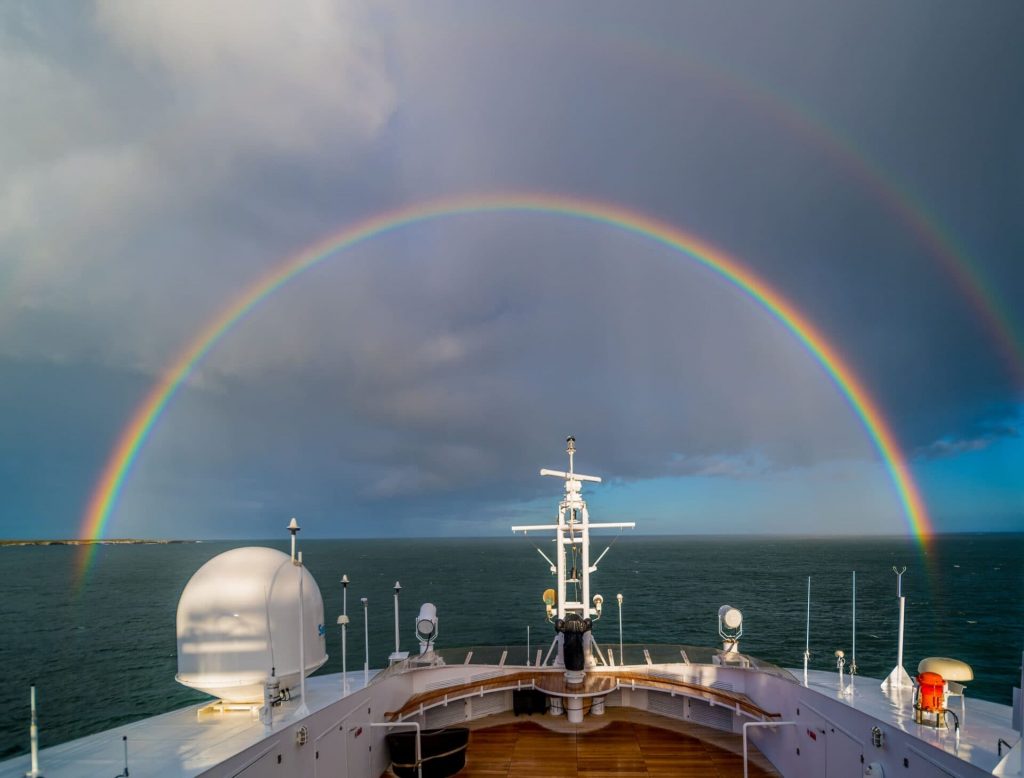
No single nation has control over Antarctica. This leads to some ambiguities in the enforcement of those who break rules down there. Luckily, most companies have protocols in place that are designed for nearly any contingency that can occur. One potential future issue that needs to be developed is a firm understanding of the recent rapid growth in the numbers of people flocking to Antarctica. Not all people share the same values on the preservation of species and the relationship that humans should have with nature. With more and more people heading to Antarctica each year it would seem likely that more landing sites will eventually find their way to becoming “open” sites. This could lead to more places where wildlife could be disturbed and trash could be left behind. As numbers of tourists continue to exponentially increase, tour operators need to continue to follow rules set forth by IAATO while ensuring that they rigorously practice internal enforcement of strict codes of conduct that have been designed to conserve Antarctica for future generations.
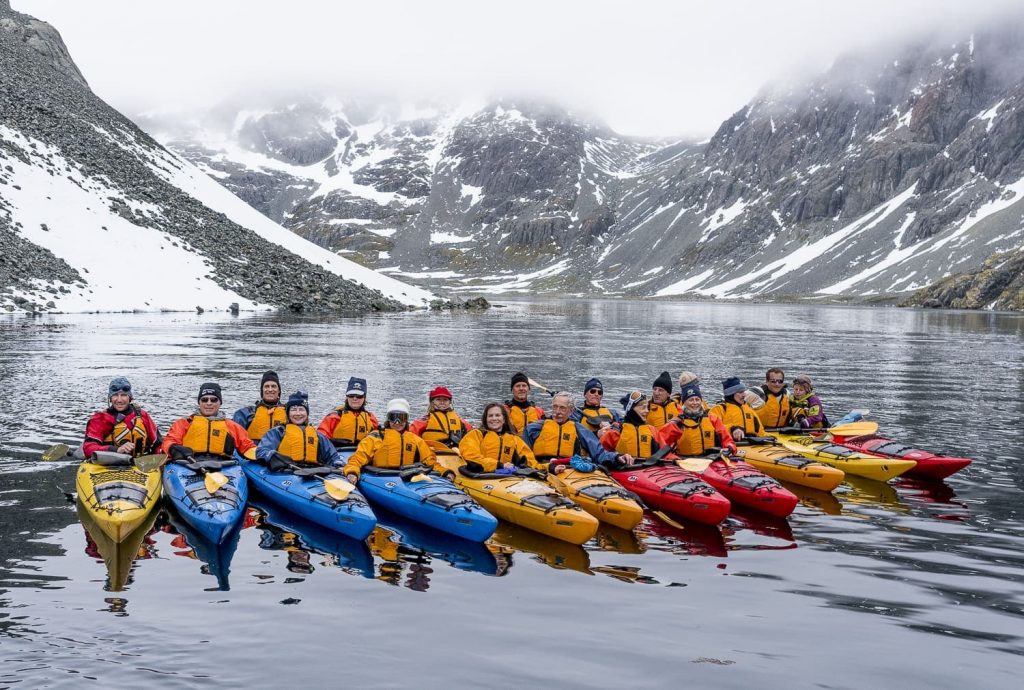
Learning From The Past
One such mistake occurred when a small cruise ship had an oil spill in 2007. That’s why it is important that tourists, governments, IMO, and IAATO all continue to pressure tour operators to maintain the highest standards in safety equipment. Polar Holidays only offers tours with special ships designed to handle such impacts with ice. The small expedition cruise ship that went down in 2007 was not prepared for Antarctic conditions.
Everything that people can do in Antarctica is regulated carefully under the Environmental Protocol of the Antarctic Treaty. The Protocol, signed in 1991, aims to protect Antarctica’s wildlife and fragile ecosystems. Since such stringent guidelines already exist, all tourism these days is ecotourism in Antarctica.
One major issue that we must contend with is the past. Over 200 non-native species have already been introduced to Antarctica before we realized this was a problem. During some of the first expeditions to Antarctica, people hunted whales, seals, and penguins to survive – but this did damage local ecosystems. Additionally, there have been oil spills, garbage, and some hazardous materials left on the continent.
Stewardship In Scientific Research Stations
One issue that travelers and scientists need to be aware of pertains to waste disposal. All garbage must be shipped out. Therefore, if you want to help Antarctica and our planet out, please try to minimize the amount of garbage generating goods you bring with you on your Antarctic adventure. While the International Association of Antarctic Tour Operators (IAATO) has done a very good job at creating the conditions for one of the best ecotourism experiences on planet earth, it cannot be solely responsible for managing tourism in Antarctica alone. Each of us must do our part too.
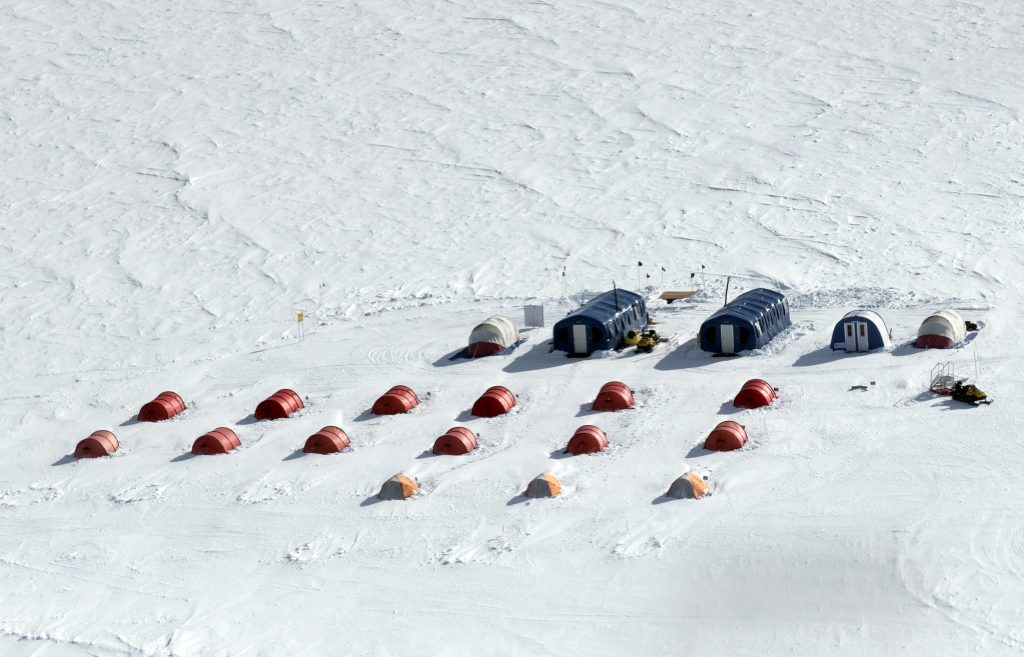
Stewardship: Offsetting Energy Costs Through Donations
Anyone who has traveled or is anticipating travel to Antarctica knows that no matter where you start from, the journey to the bottom of the world will be a long one. There are planes to take, layovers to endure, and a whole lot of sitting around in airports. Many cruise liners and research vessels are harbored in the southernmost regions of South America and begin their Antarctic journey from Punta Arenas in Chile, or Ushuaia in Argentina.
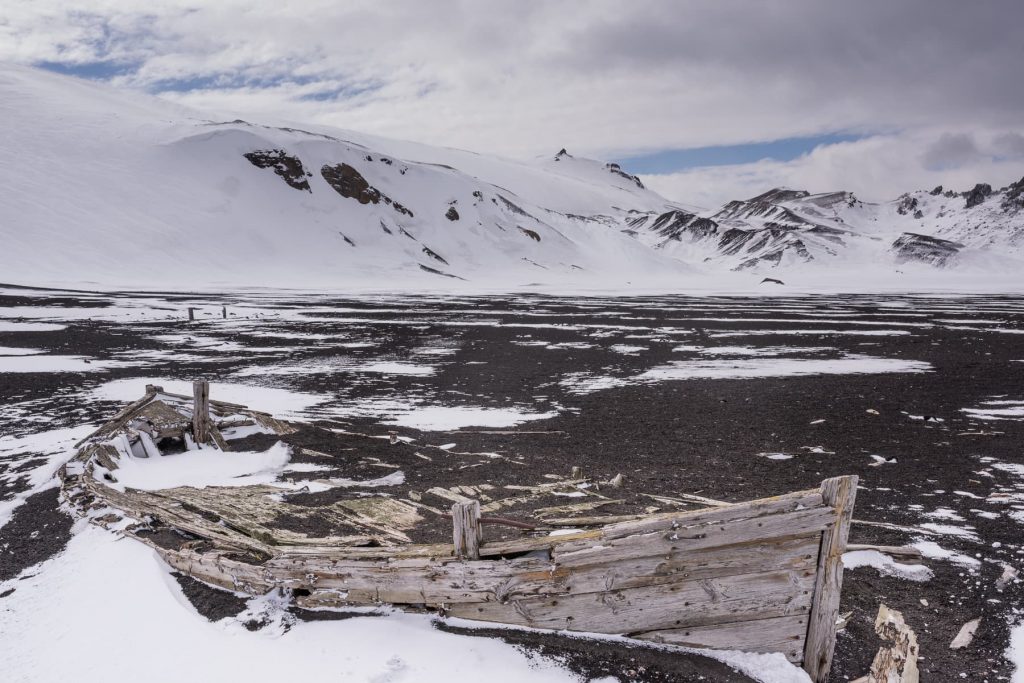
From the United States alone, getting to either of these locations can take up to 24 hours of travel. Not only is that a phenomenal amount of time to spend in the air, but it’s also a huge amount of fuel and energy expended to get you to your destination. Luckily, travelers can now calculate the amount of carbon they’ve released into the atmosphere from their journey and offset their carbon emissions by “buying back” their carbon. The money generated from these various carbon-centered organizations is then used to plant trees that naturally sequester carbon out of the atmosphere. It’s a brilliant system and a great consideration for avid travelers looking to reduce their carbon footprint.
Protections And Stewardship In Antarctica Is Something We Can All Commit To!
There are many ways in which tourists visiting Antarctica can adopt an environmentally friendly attitude. Already, there are strict guidelines in place to ensure the safety and wellbeing of the wildlife and natural landscapes that are encountered during times of human interactions such as Antarctic cruises. With an increase in tourism to Antarctica over the years, organizations including Association of Arctic Expedition Cruise Operators and International Association of Antarctica Tour Operators have been established to ensure all cruise companies operating in the Antarctic and Arctic regions do so responsibly and with the greatest consideration to the environment.
Our Commitment
We only partner with organizations dedicated to preserving the fragile and pristine ecosystems in which they operate. All expedition cruises to the Antarctic and Arctic regions are carefully planned by directors to ensure the greatest experience for everyone on board while minimizing overall environmental impact. Onboard, expect to find biodegradable soaps and shampoos, ecologically friendly cleaning products, and European eco-certified clothing detergents. In addition to ecologically friendly practices on board, our partners also support ongoing campaigns including Save the Albatross and Clean Up Svalbard. Both organizations are dedicated to the ongoing preservation of sensitive habitats and marine life in Polar Regions and are represented onboard Arctic and Antarctic cruises.
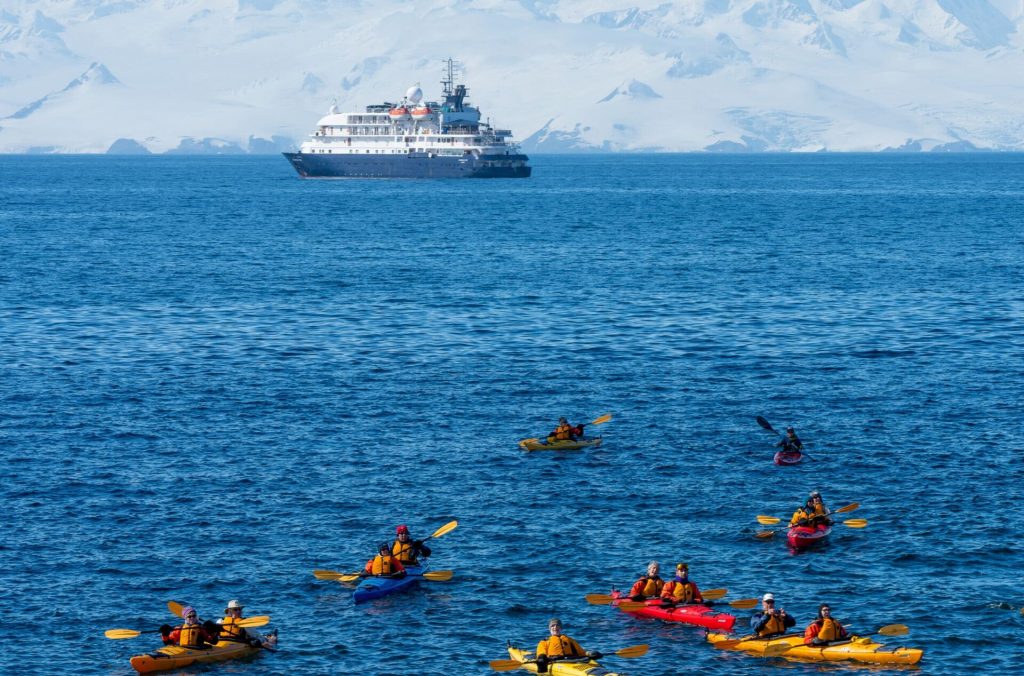
Our Partners’ Commitments
The partners we work with at Polar Holidays are equally committed to sustainability in Antarctica through a variety of initiatives:
- Their vessels burn Marine Gas Oil (MGO) – a clean burning fuel with a low emission factor
- Quark conforms to all international regulations/policies governing the disposal of waste at sea
- They serve only sustainable seafood
- Ship-wide use of eco-friendly laundry chemicals & cabin amenities
- Providing every passenger with reusable water bottles
- Use of only recycled, acid-free paper onboard and limiting paper use
- They use recycled paper and acid-free inks in the manufacture of their brochures
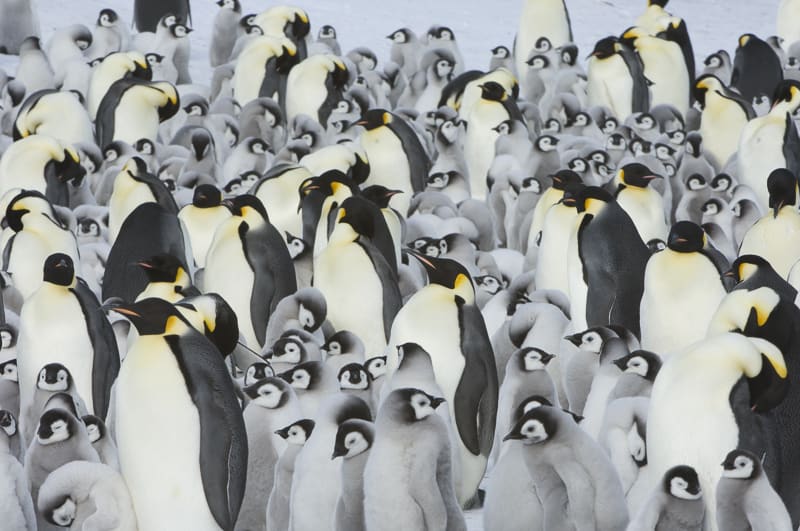
What We’ve Been Able To Accomplish
Through our partnerships, several onboard auctions have raised an average of $150,000 each season for charities dedicated to sustainability and conservation in the places visited. Our partners also support Polar Bears International, Clean Up Svalbard, Underwater Bait Setter (prevents catching seabirds), The South Georgia Heritage Trust, and Penguin Watch.
Ready to Book Your Polar Expedition?
Ready to find your dream cruise? Have questions? Contact Polar Holidays to schedule a free consultation with one of our booking specialists today!
Contact Us
